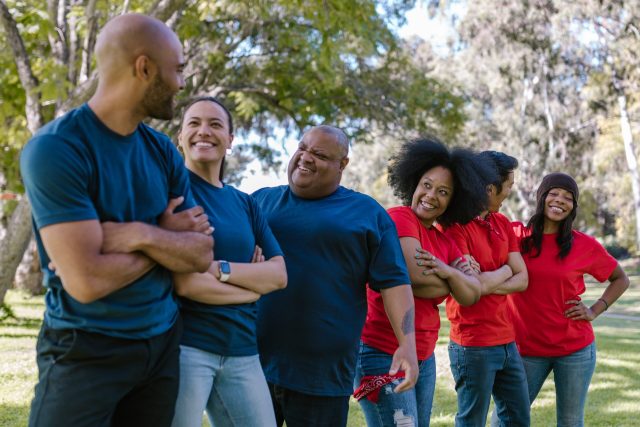Article
How to Lead Your Church in Planting Partnerships
Planting a church is hard; trying to plant one alone is even harder. Here's how you can lean into community by pursuing partnership.

When your people begin to understand the importance of the local church and church planting partnerships, you can emphasize the current need for new churches in unchurched areas. In fact, it’s probably safe to assume that most people are unaware of the need for church planting. After all, it is difficult for us to see beyond our immediate context.
Start with Why
Statistics about the need for church planting are startling. Over the last century, the ratio of the population served by local churches has declined significantly. On average, a local church in the United States now serves 6,139 people, compared to 3,897 people in 1900. The numbers are even higher outside of the South.¹
The “why” of church planting is not only found in the need for more local churches but also in the effectiveness of new churches reaching people for Christ. In a Lifeway Research study, 42 percent of people attending a newly launched church previously never attended church or hadn’t attended in many years. As noted in the research, “In winning new converts to Christ, church plants are light-years ahead of the average church because of their focus on reaching the unchurched… Healthy new churches have an outward focus from day one, communicating every month that the goal is to be a multiplying church.”²
The reality is that church plants can attract demographic groups that may be largely unreached by existing churches. Tim Keller concurs:
Dozens of denominational studies have confirmed that the average new church will bring six to eight times more new people into the body of Christ than an older congregation of the same size. This does not mean established churches cannot win new people, but because many of a new church’s leaders recently were unchurched, the congregation is far more sensitive to the nonbeliever’s concerns.³
Better Together
And church plants cannot do this without our support. Remember, we can do far more together than we can do on our own.
Supporting churches are essential for church planting to be fruitful. Church planting is far more difficult and dangerous when there are no supporting church partnerships. Healthy church plants will testify to the vital impact of supporting church partnerships in their journey to self-sustainability.⁴
¹ “Why We Need More Churches,” North American Mission Board, October 17, 2017, https://www.namb.net/resource/why-we-need-more-churches/.14.
² Lisa Canon Green, “New Churches Draw Those Who Previously Didn’t Attend,” Lifeway Research, December 8, 2015, https://research.lifeway.com/2015/12/08/new-churches-draw-those-who-previously-didnt-attend/.
³ Tim Keller, “Why Plant Churches,” New Churches, October 28, 2021, https://www.newchurches.com/resource/why-plant-churches/.
⁴ George Ross, “5 Considerations for Churches Partnering with Church Plants,” North American Mission Board, March 24, 2021, https://www.namb.net/send-network/resource/5-considerations-for-churches-partnering-with-church-plants/.
Excerpted from “Kingdom Partnerships” by Matthew Z. Capps. Receive your free copy of this eBook here.




